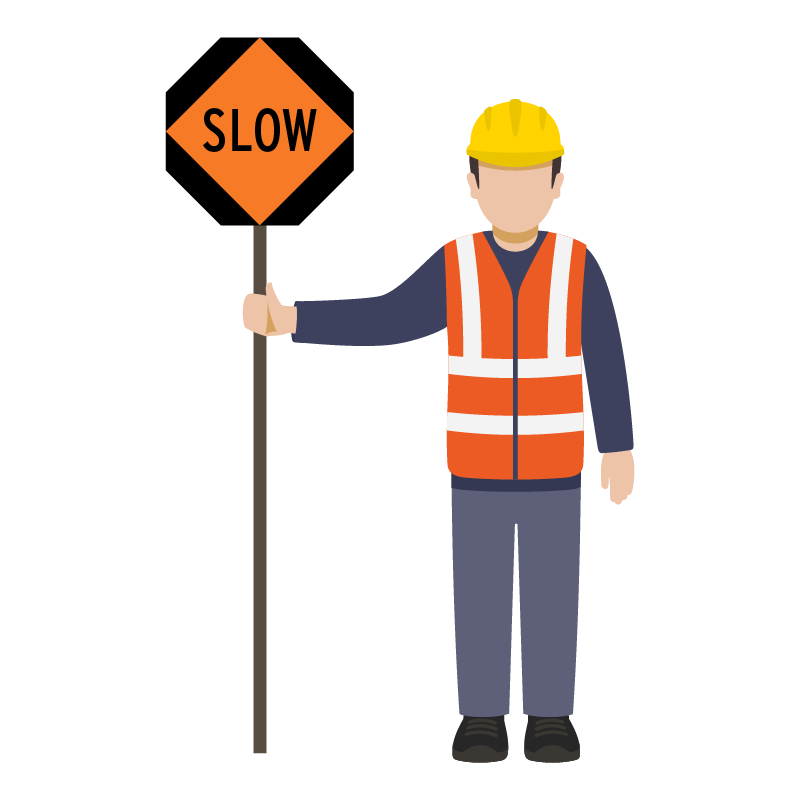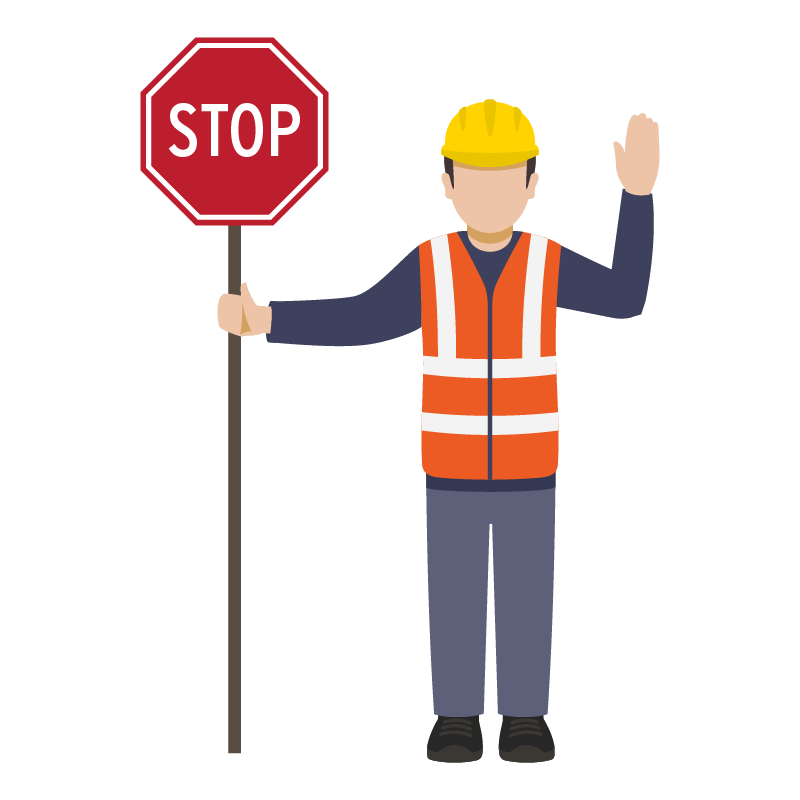Section 9: Rules of the Road
Traffic Signs
Traffic signs tell you about rules, hazards, and road locations. They also give highway directions and show where road services are.
Regardless of what the traffic lights may indicate, always obey the instructions of a police officer at an intersection. For example, if the light is green and an officer tells you to stop, YOU MUST STOP. Also, even if you want to go straight and an officer indicates that you must turn, you are required to turn.
If you approach an intersection where the traffic lights are not working, you must first come to a complete stop before entering the intersection and yield the right-of-way to any vehicle on the right unless otherwise directed by a peace officer.
A driver turning left may see either the green arrow (protected), the solid green light (permitted), or a flashing yellow arrow (permitted) signal.
Guide Signs
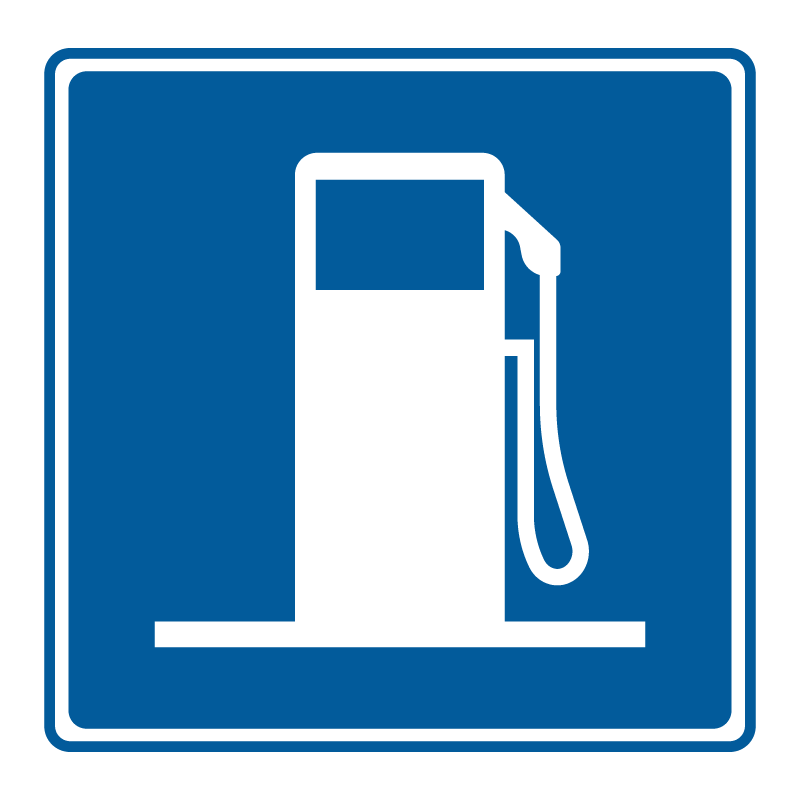
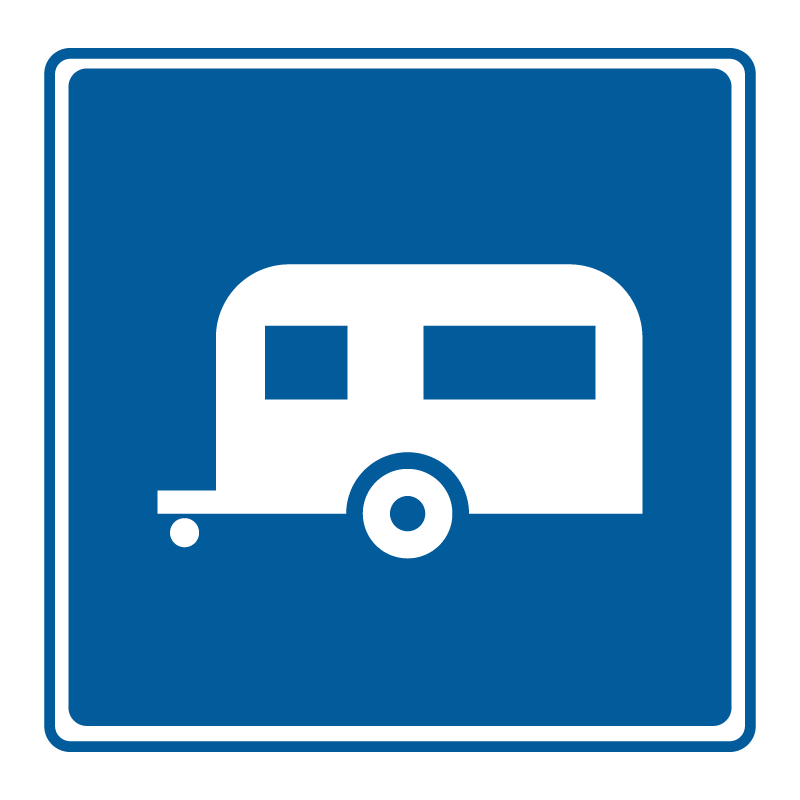
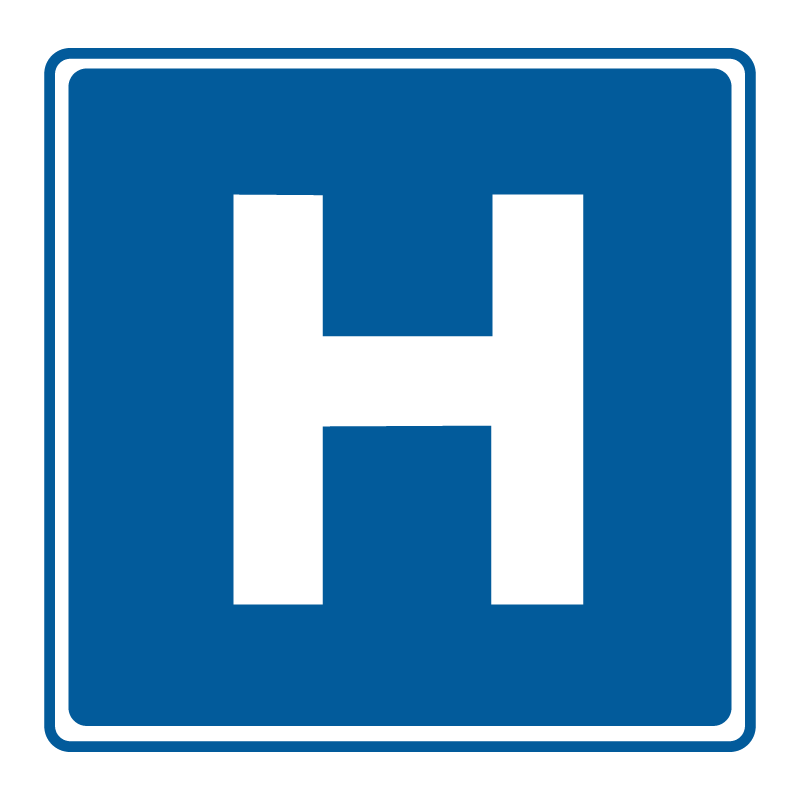
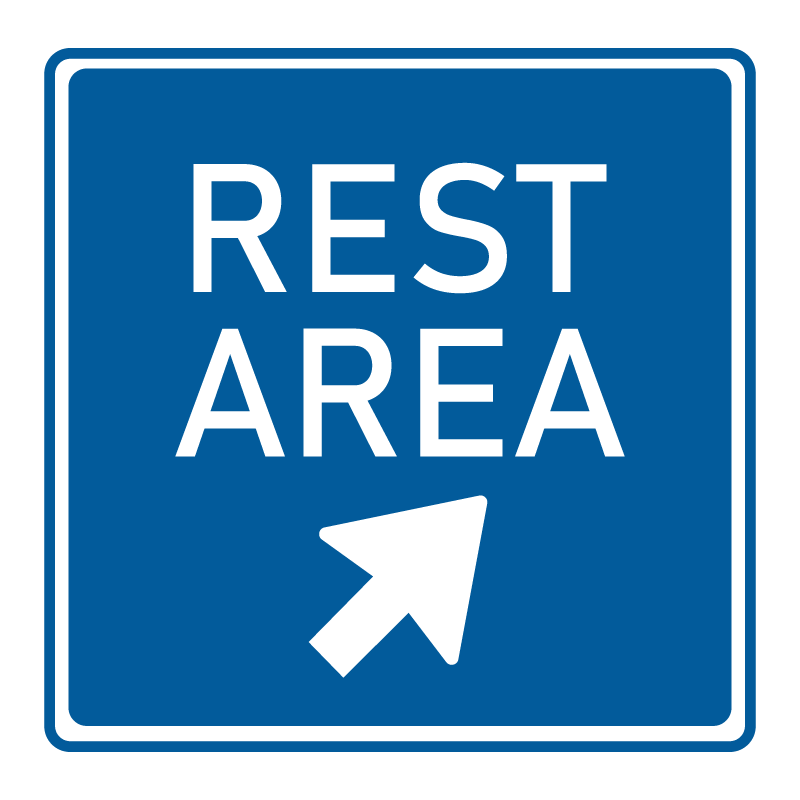
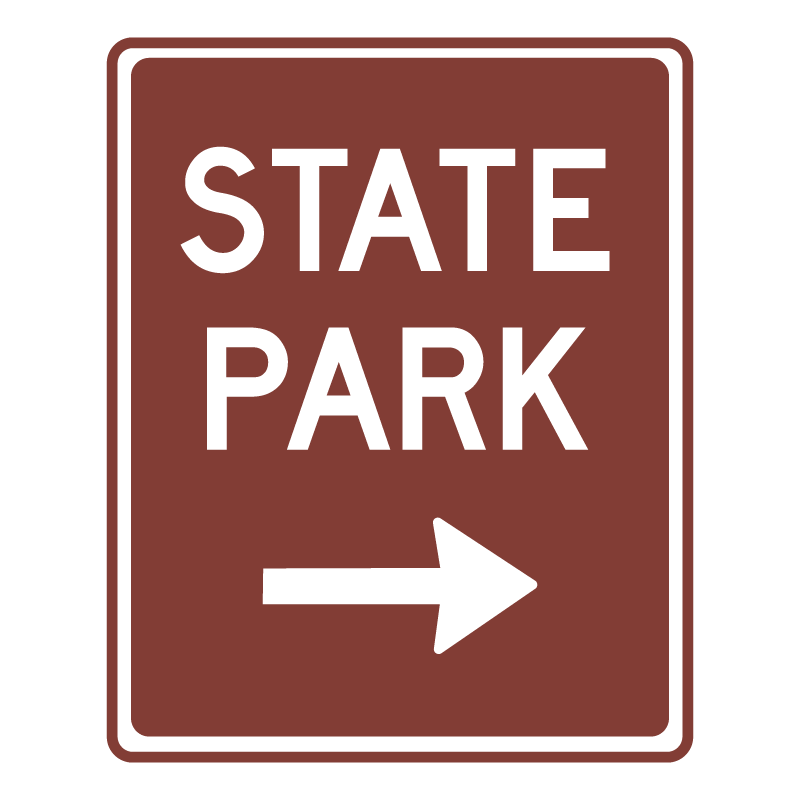
Railroad Crossing Signs
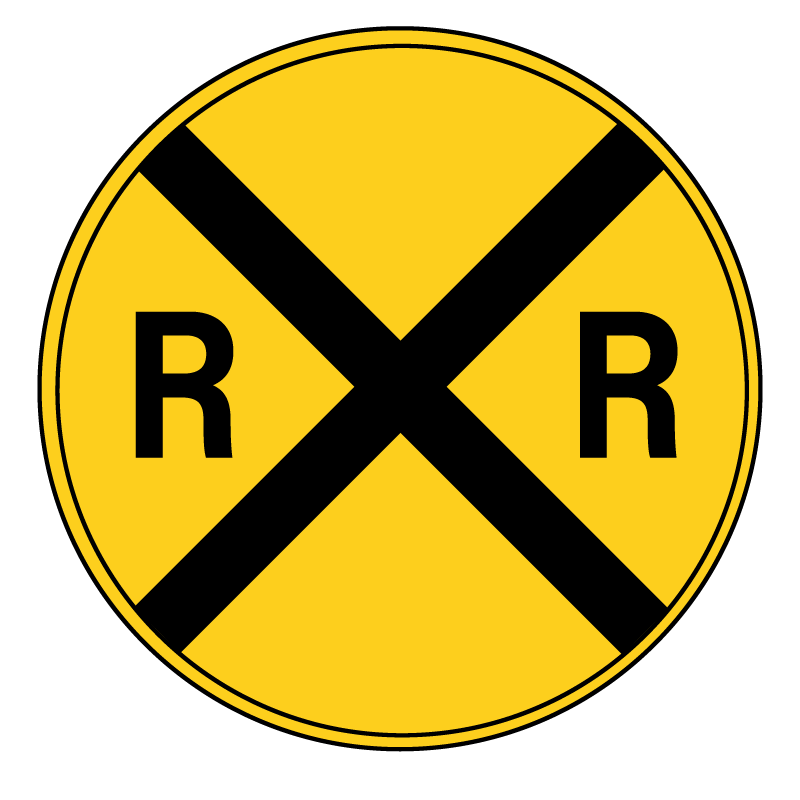
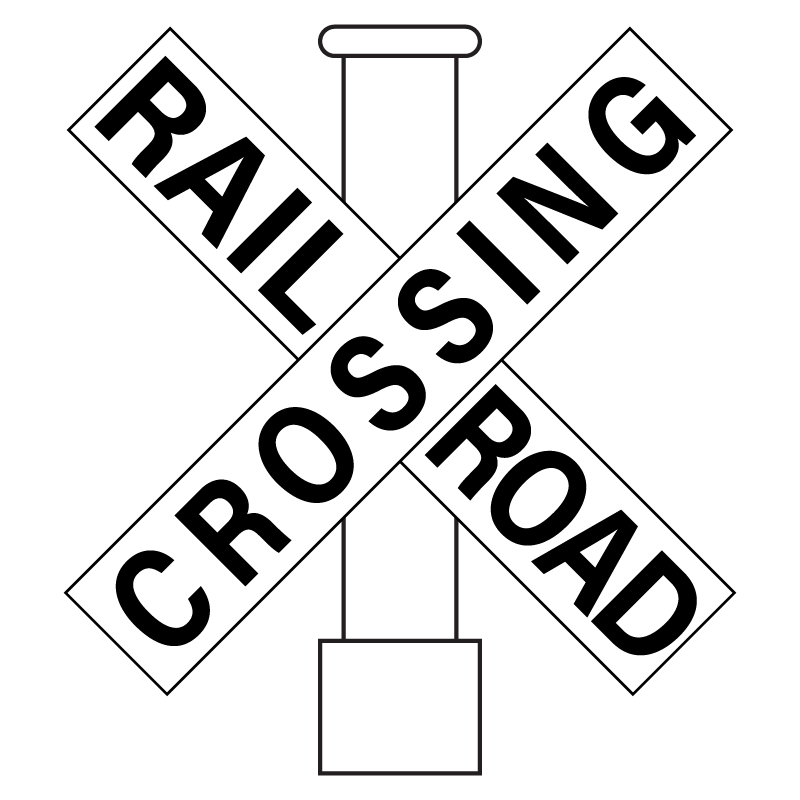
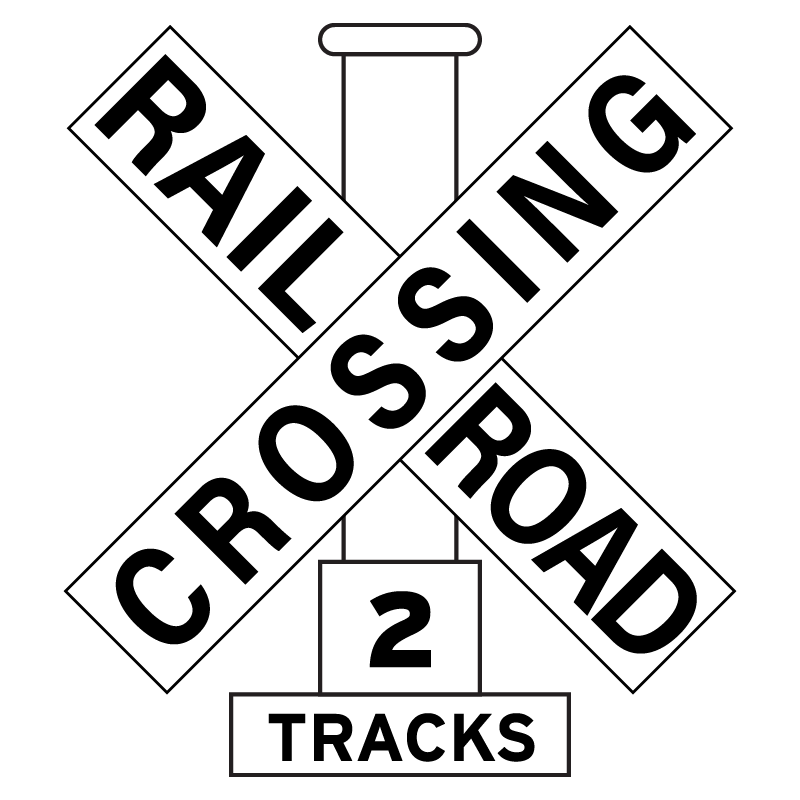
Regulatory Signs
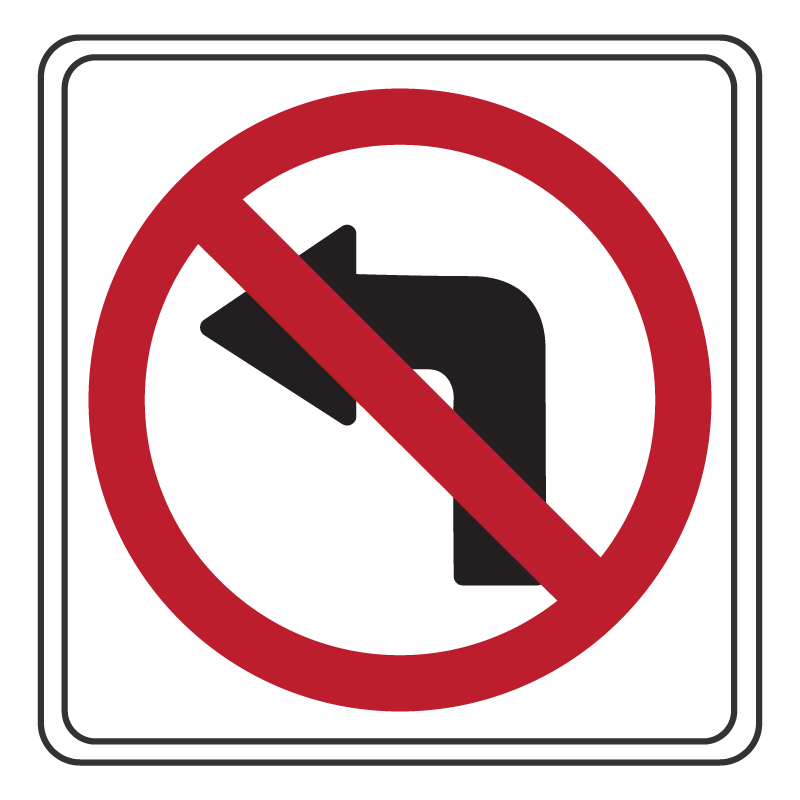
No Left Turn

No Right Turn
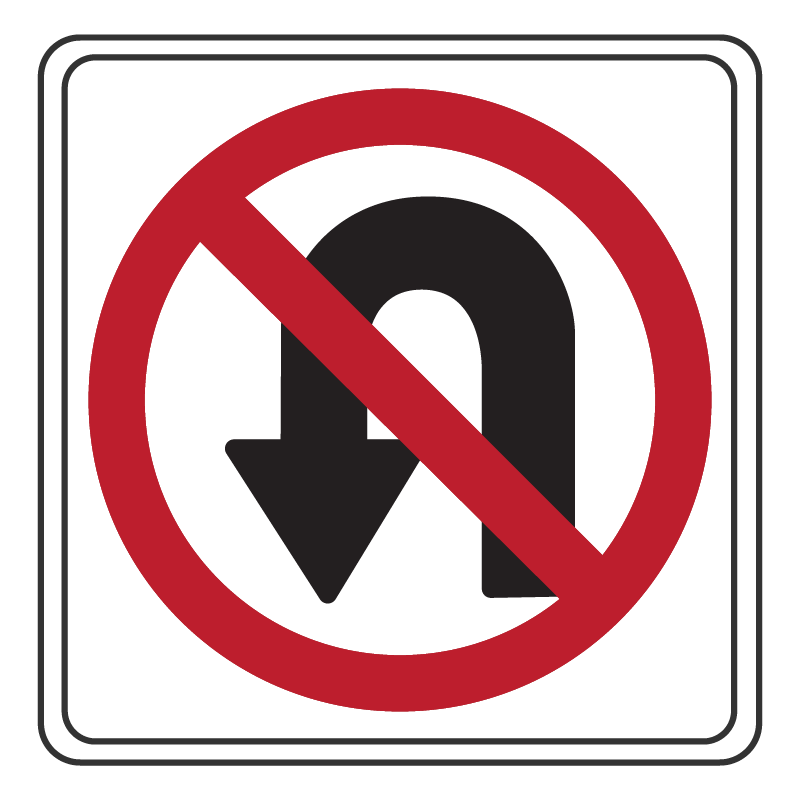
No U-Turn

Left Turn Only
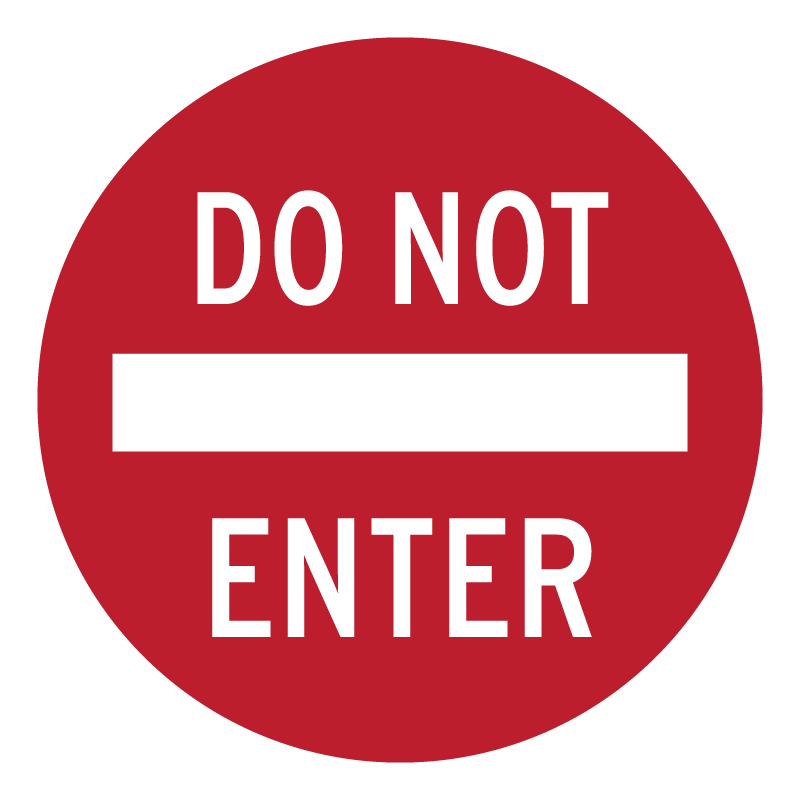
Do Not Enter
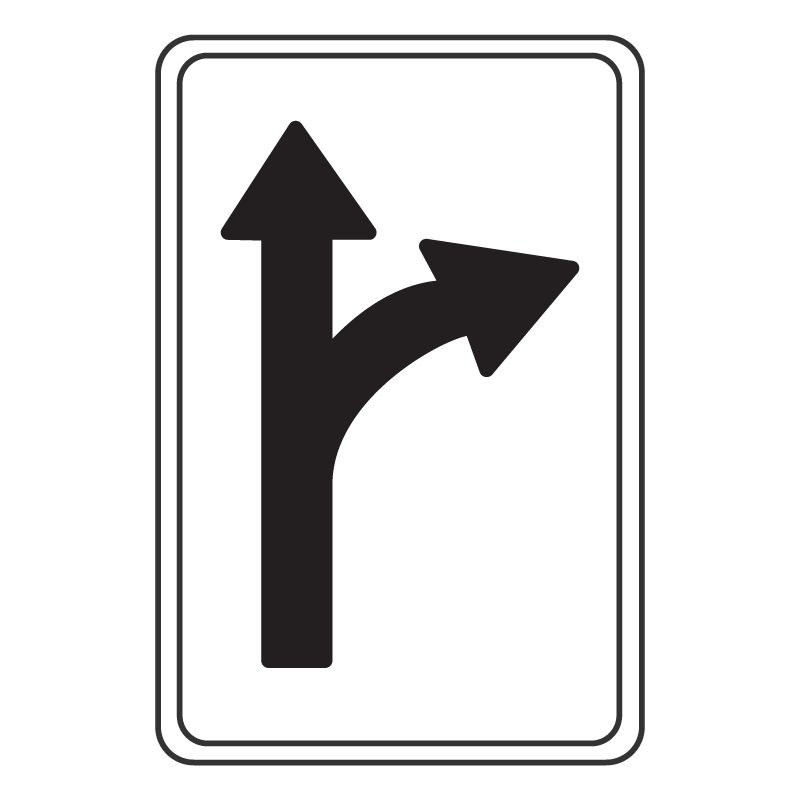
Straight or Turn Right
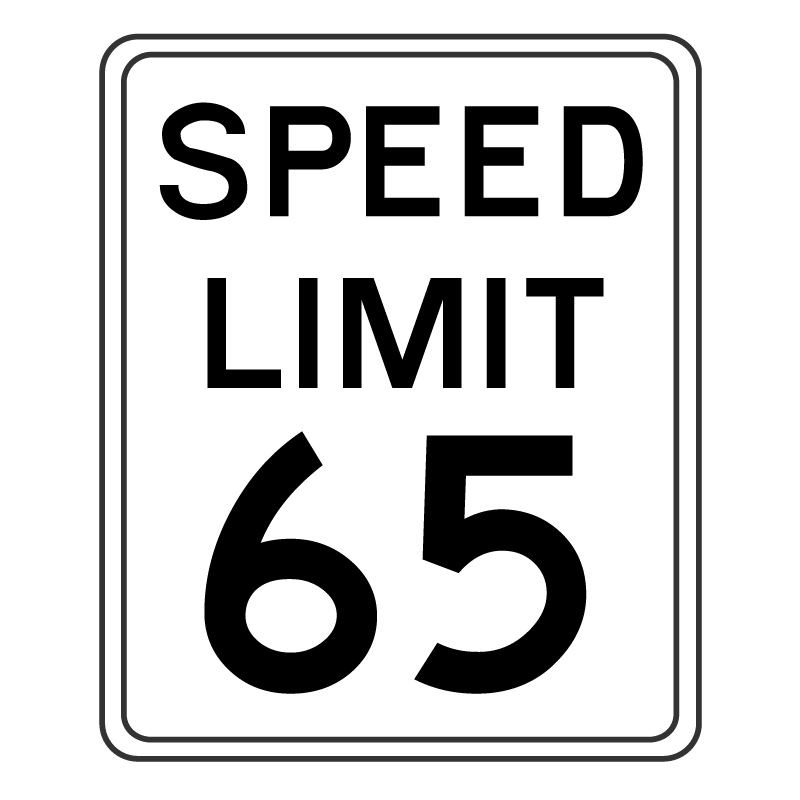
Posted speed limit

Stop
Route Number Signs
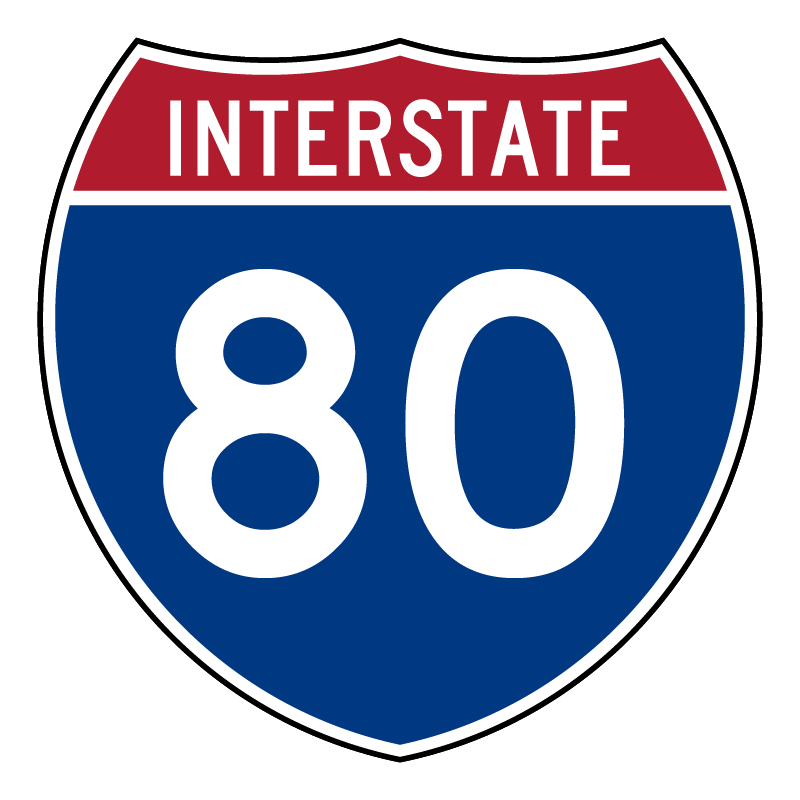
No Left Turn

U.S. Route
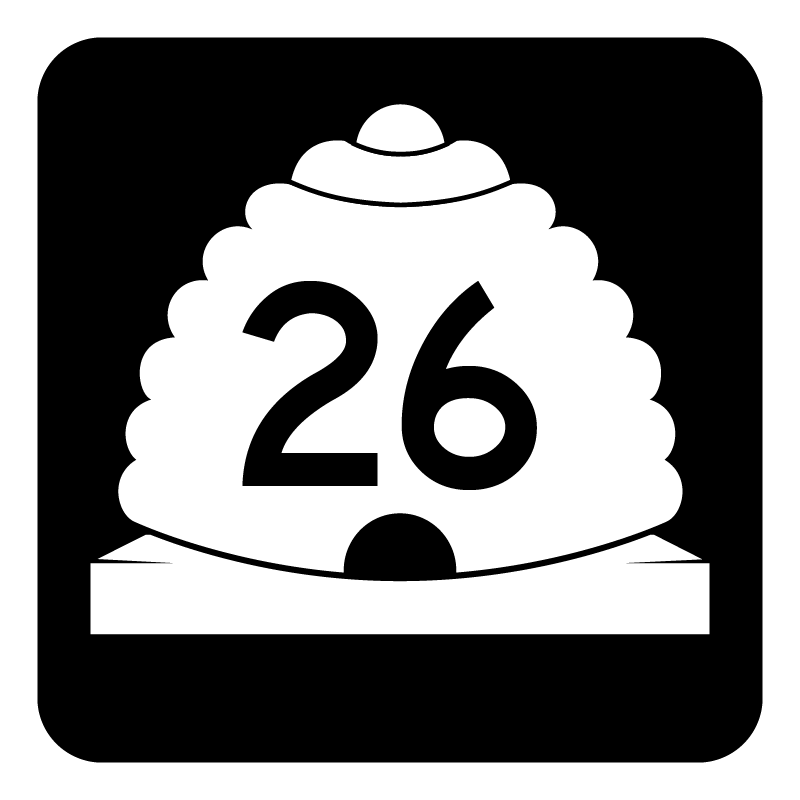
State Route
Warning Signs
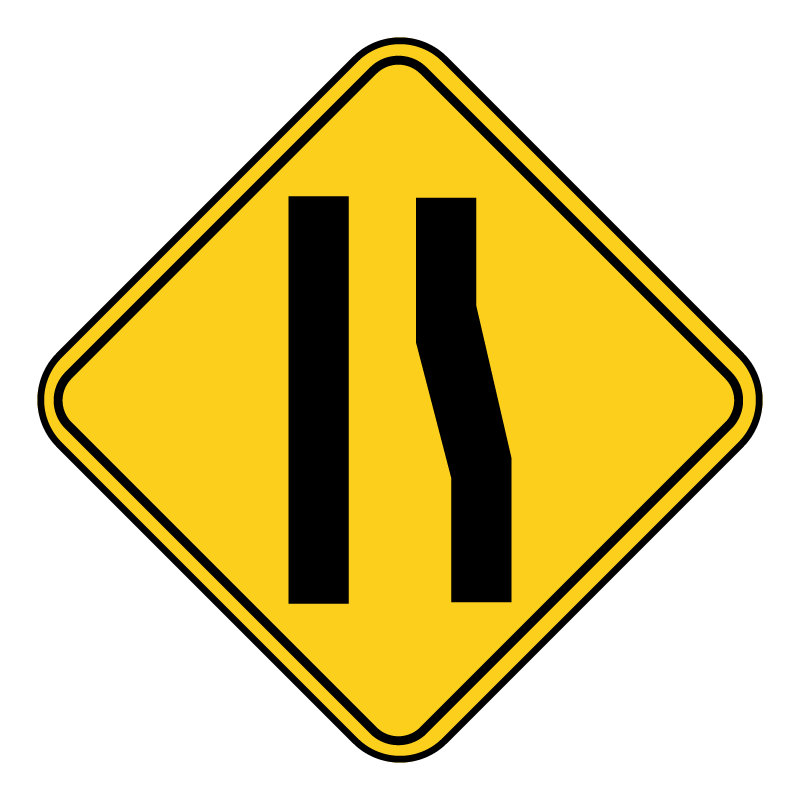
Lane Ends
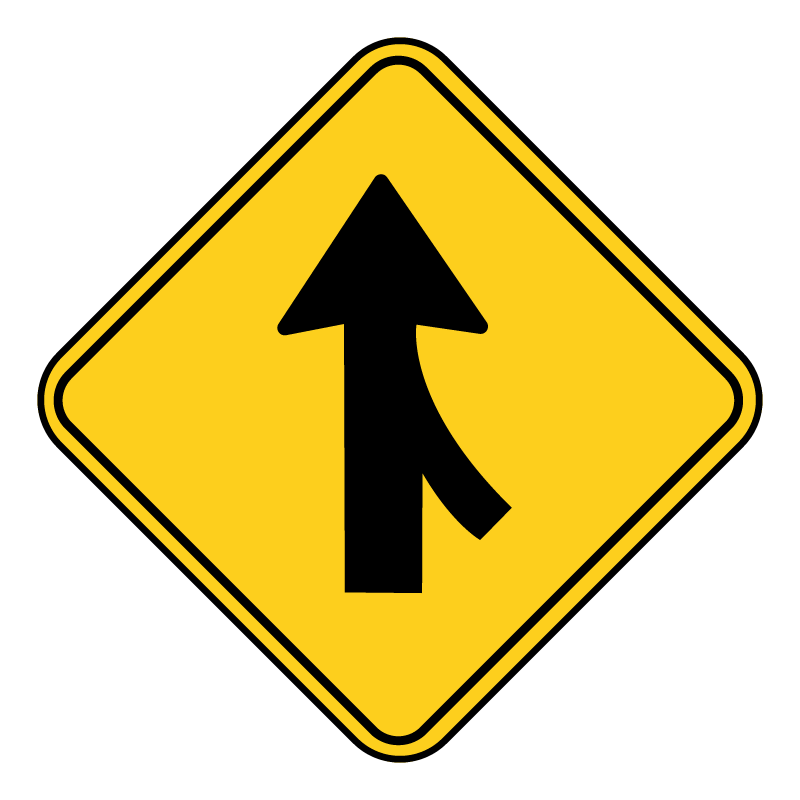
Merging Traffic
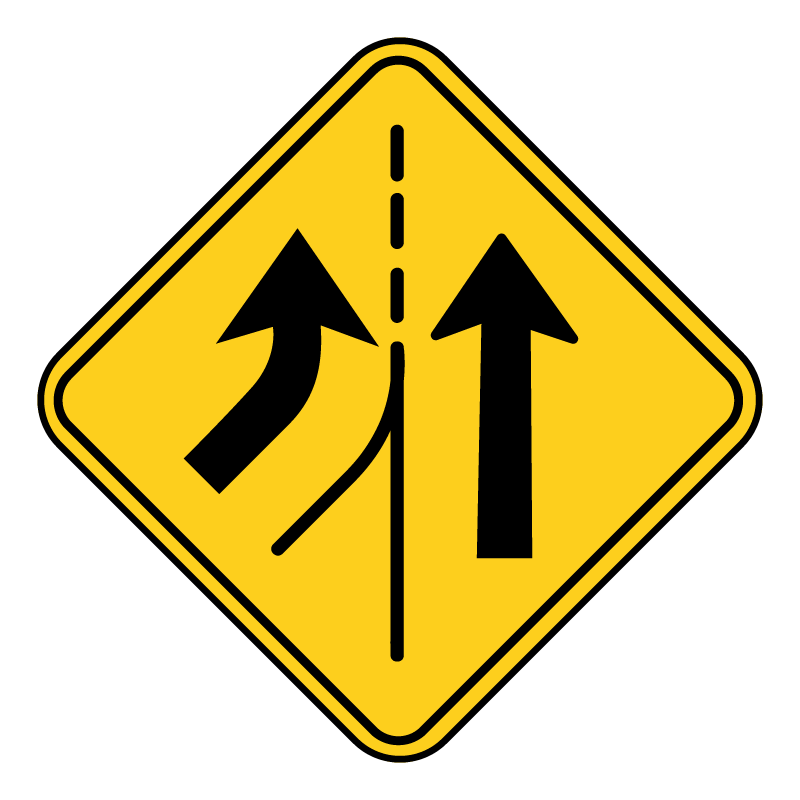
Added Lane
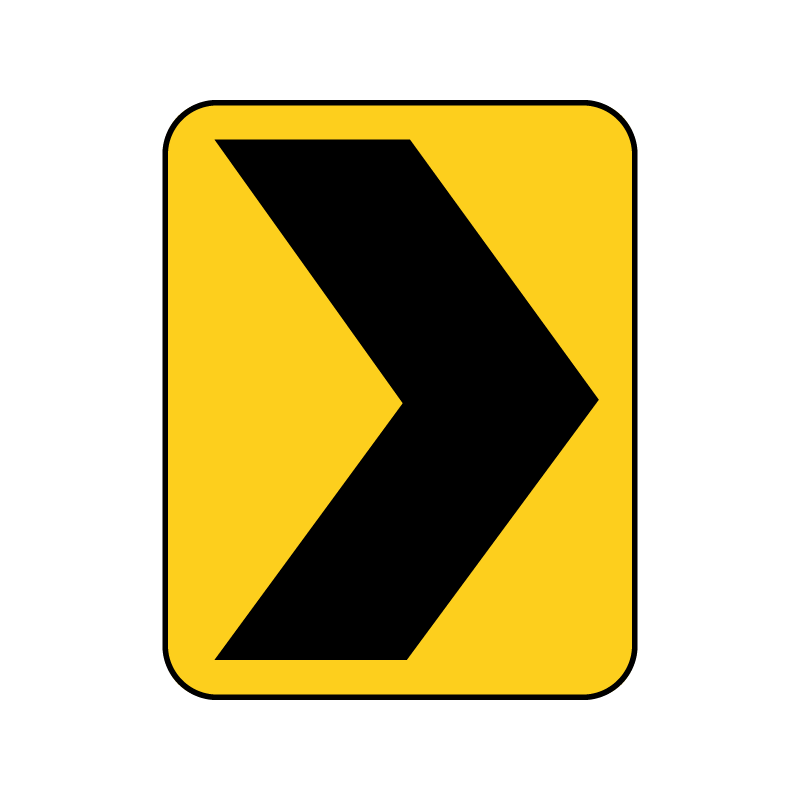
Sharp Curve Ahead
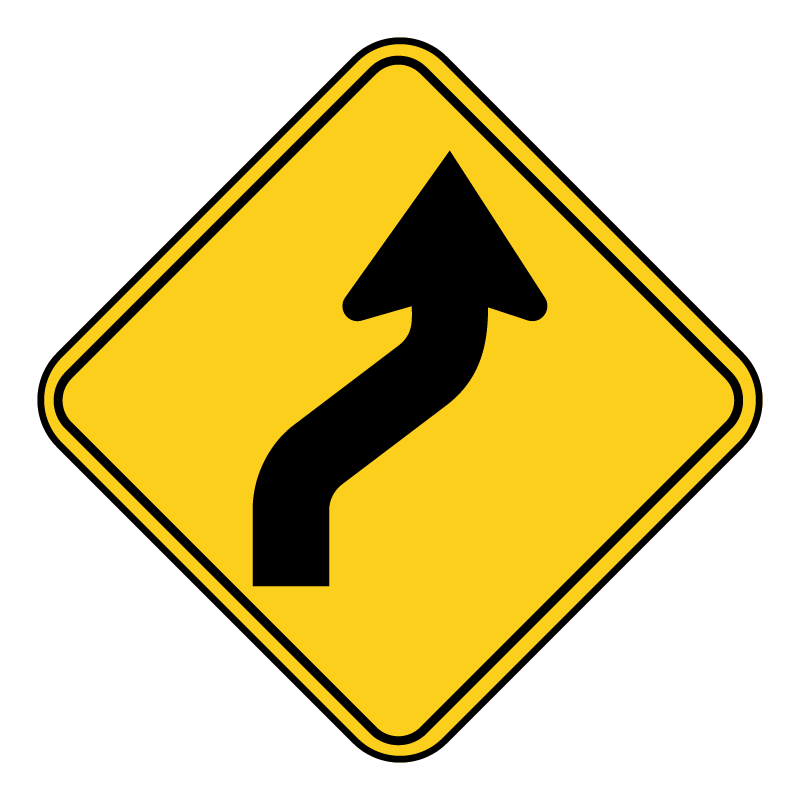
Curvy Road Ahead
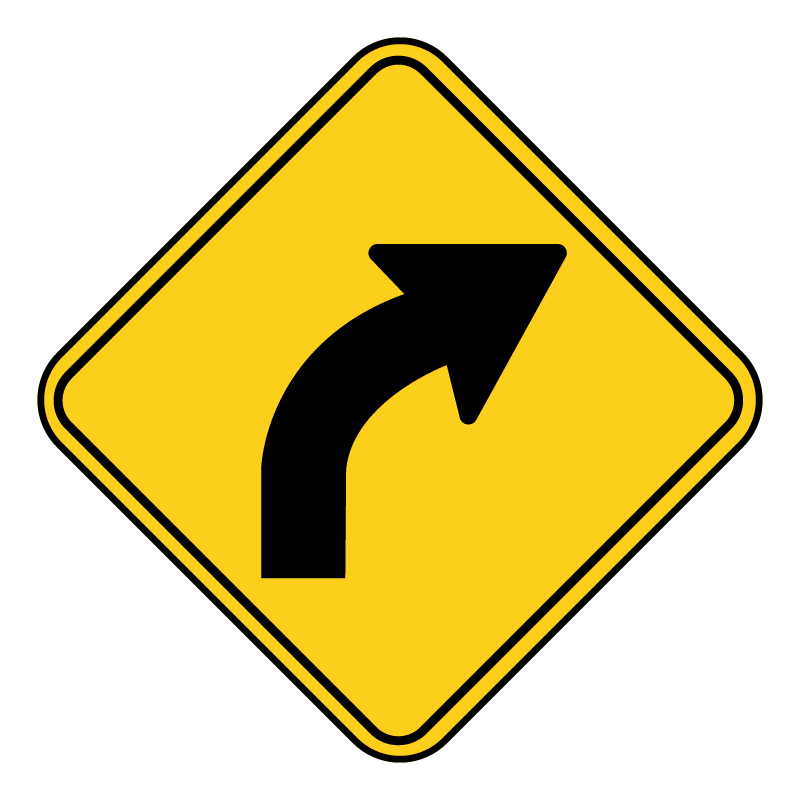
Right Curve

Divided Highway Begins
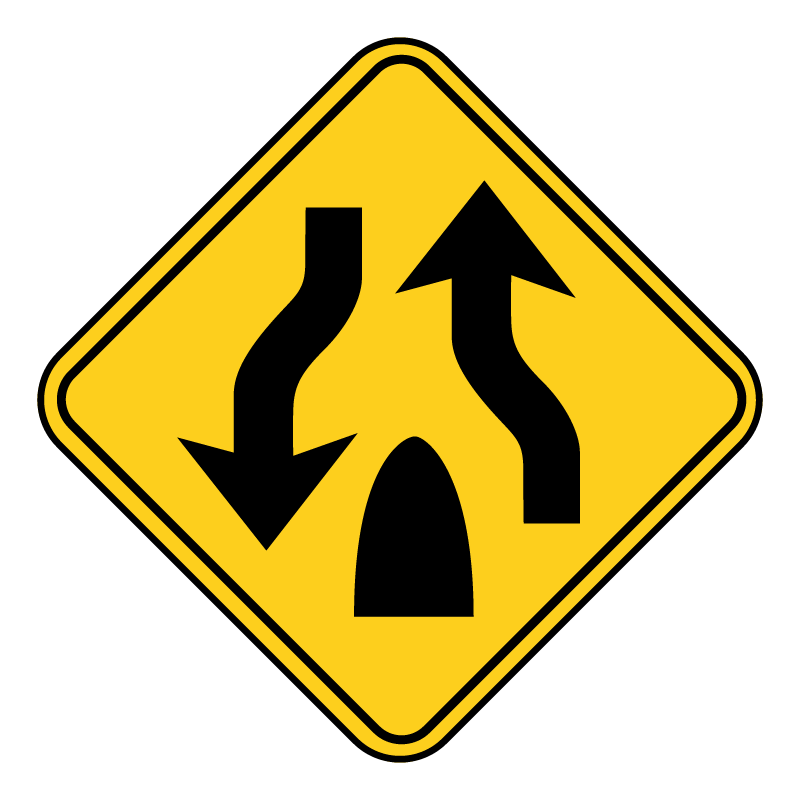
Divided Highway Ends
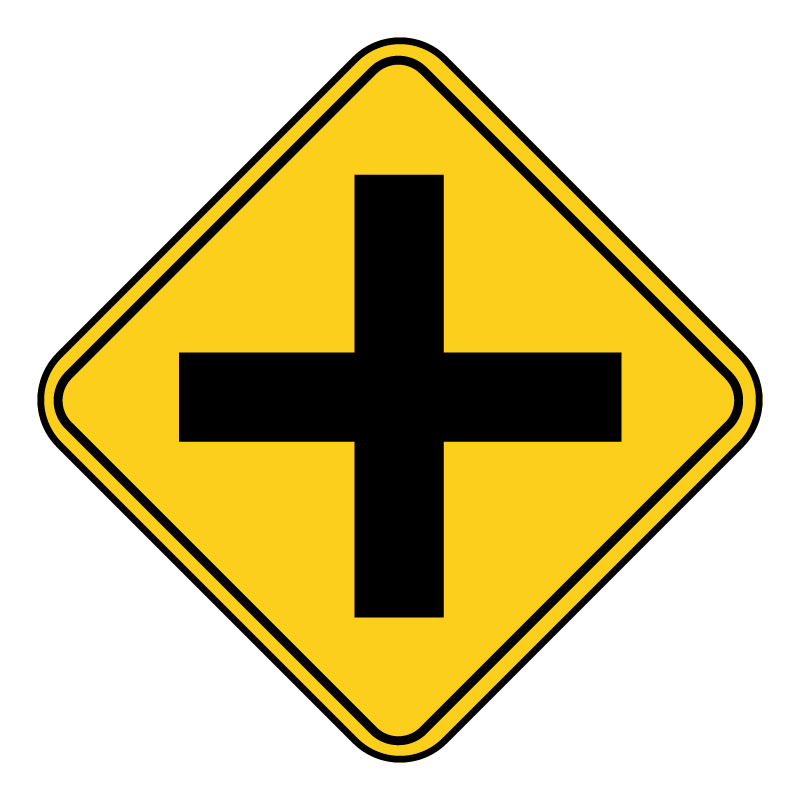
Intersection
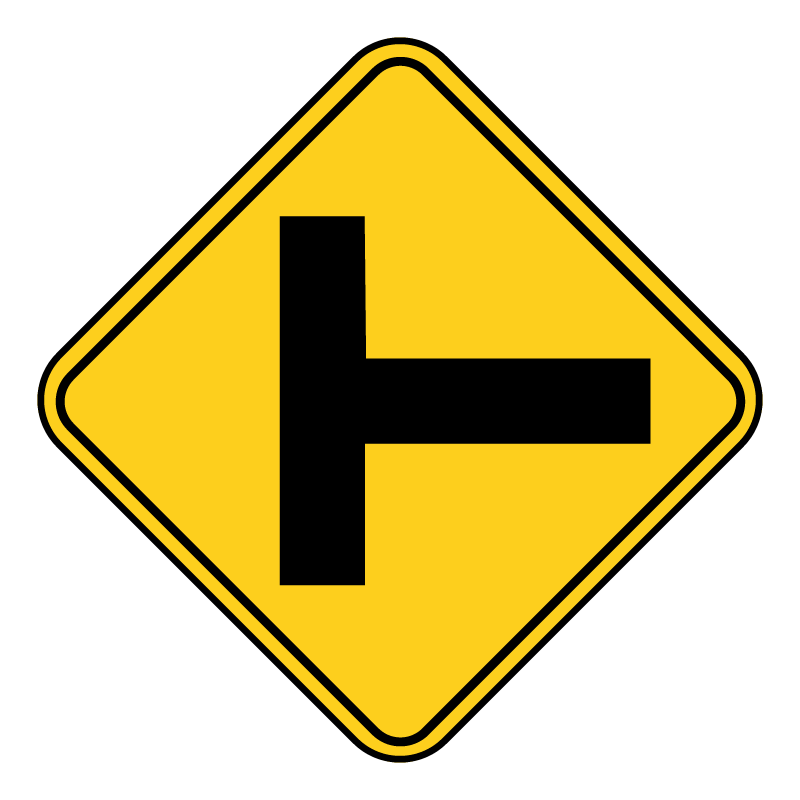
Side Road
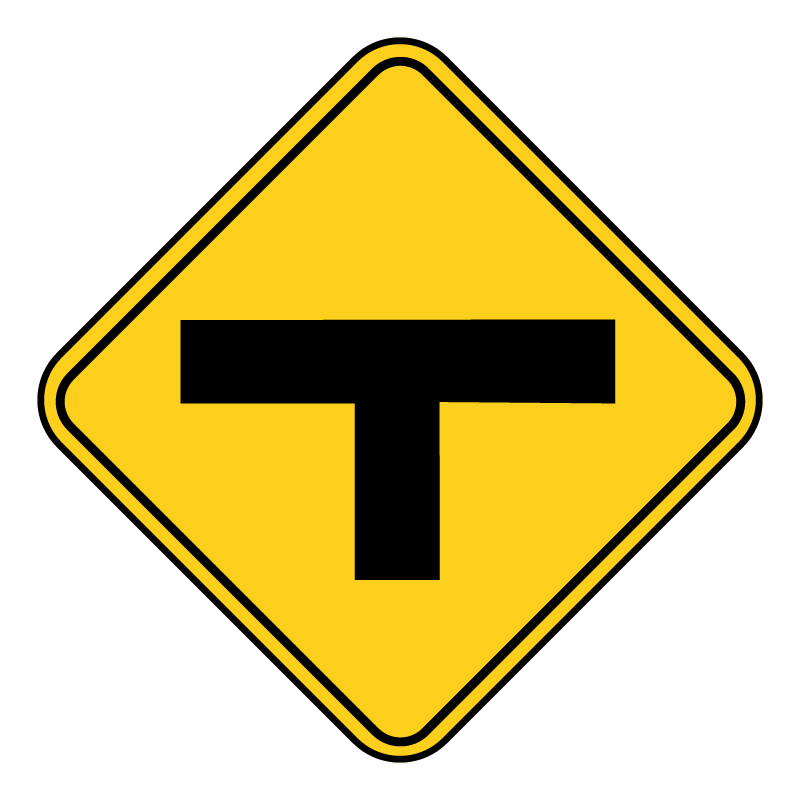
T-Intersection

No Passing Zone

Stop Sign Ahead

Traffic Signal Ahead
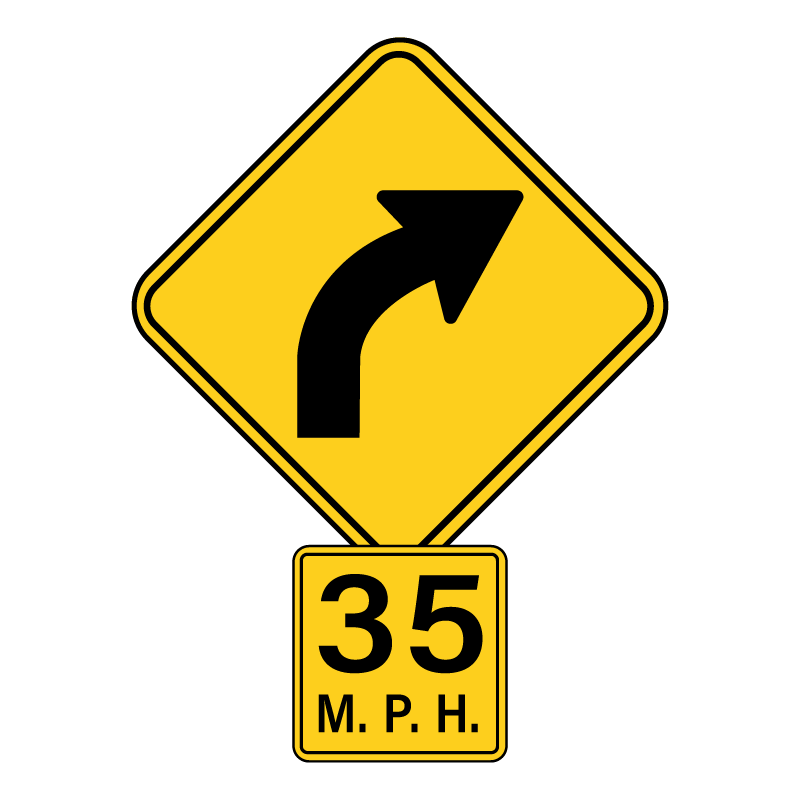
Advisory Speed Around Curve
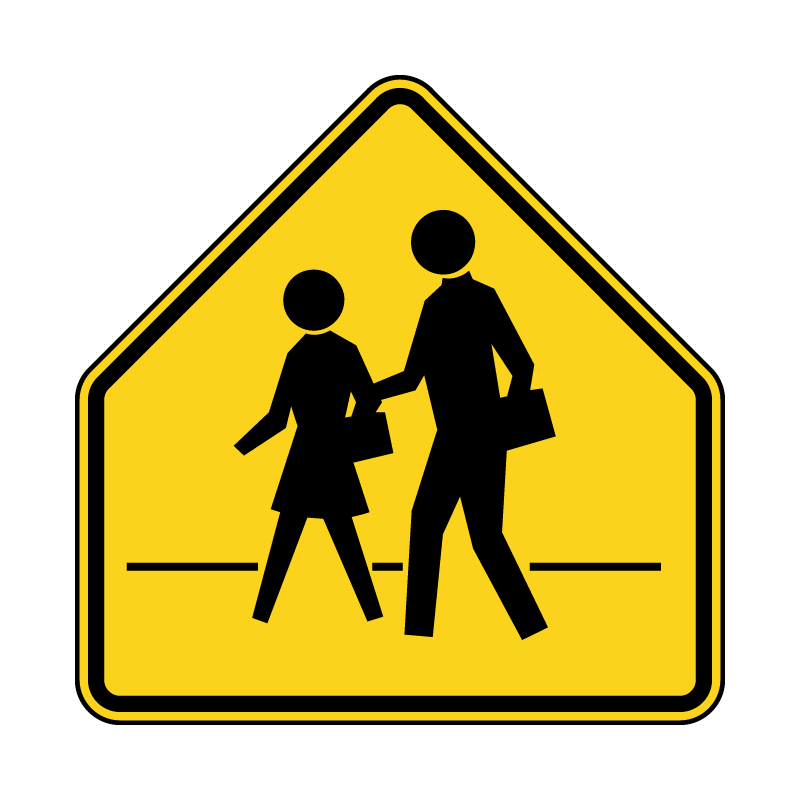
School Crossing
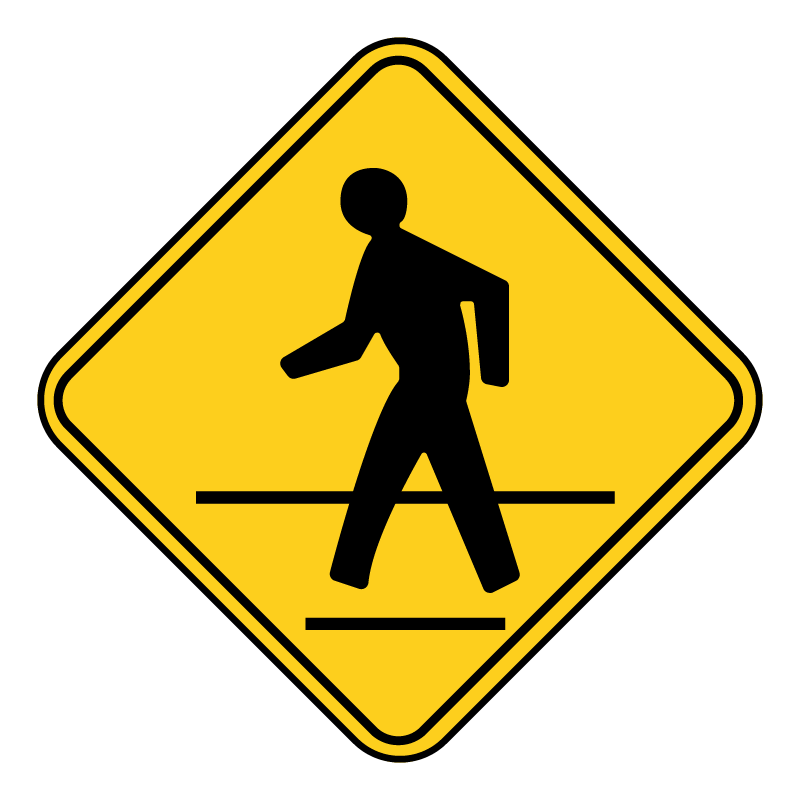
Pedestrian Crossing
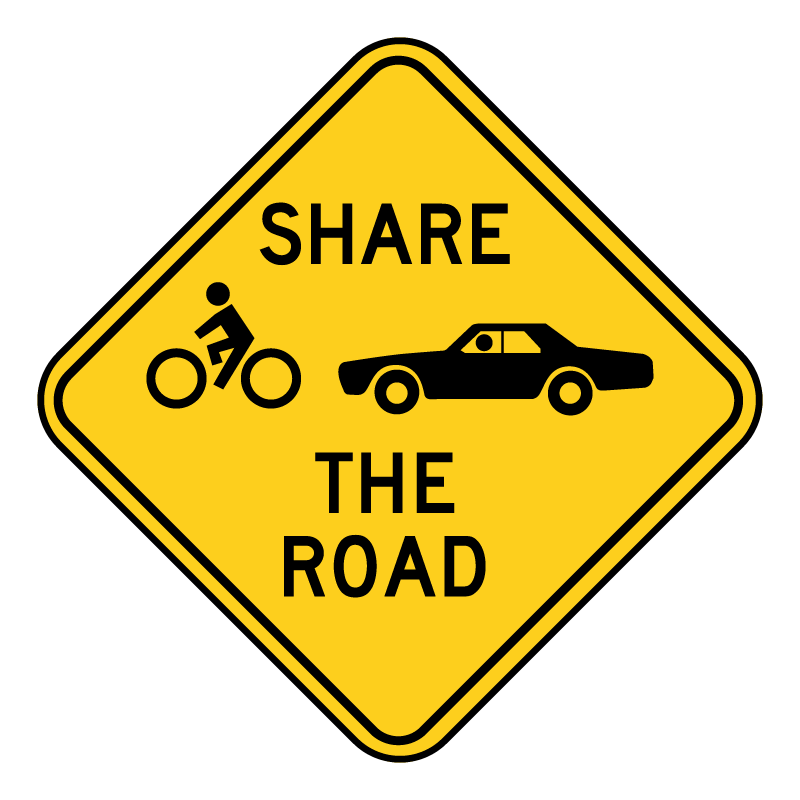
Share the Road with Bicycles
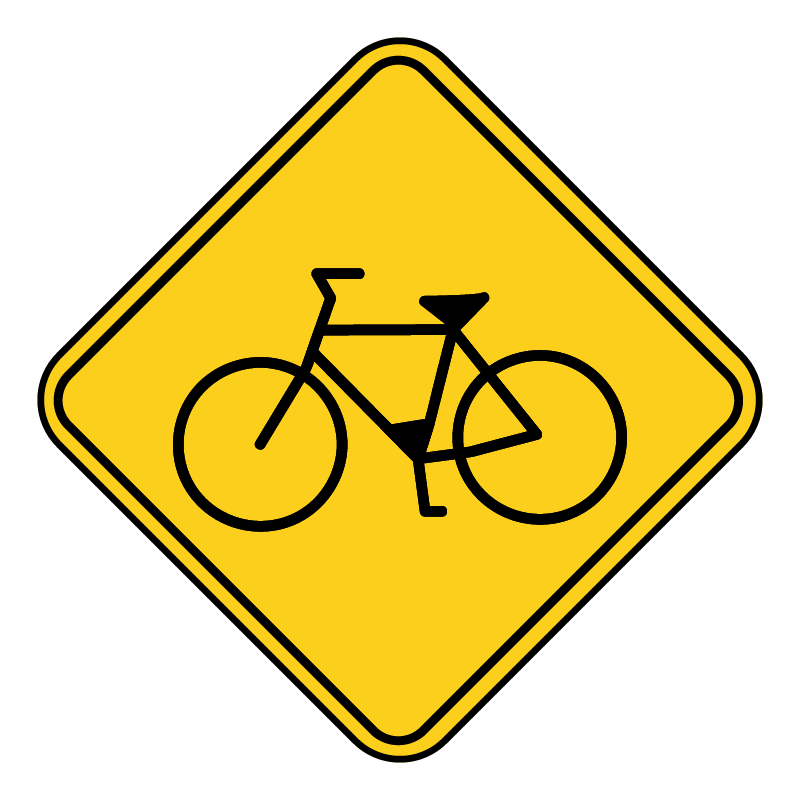
Bicycle Crossing
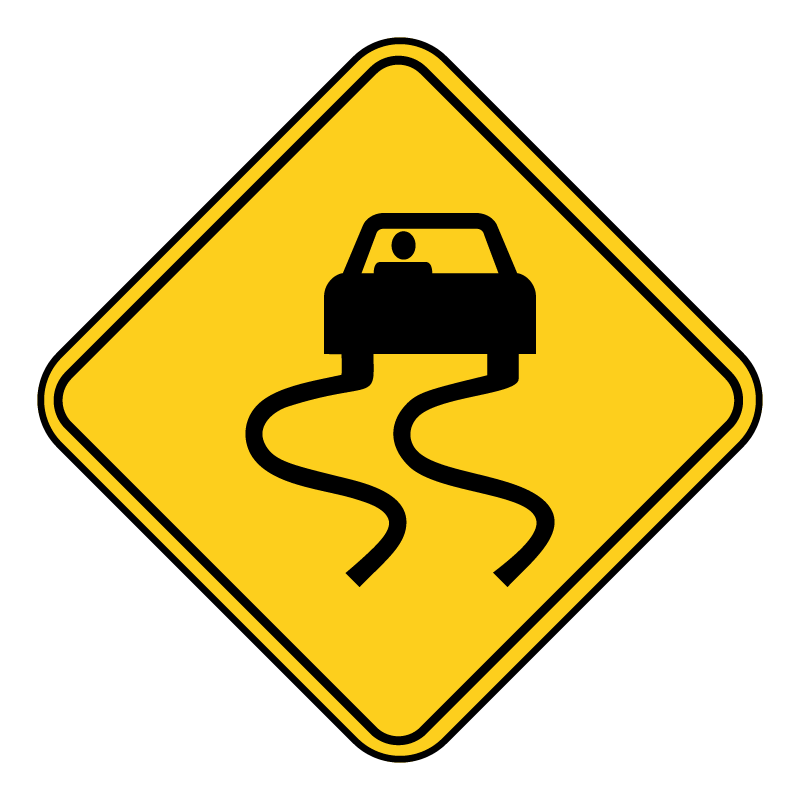
Bicycle Crossing
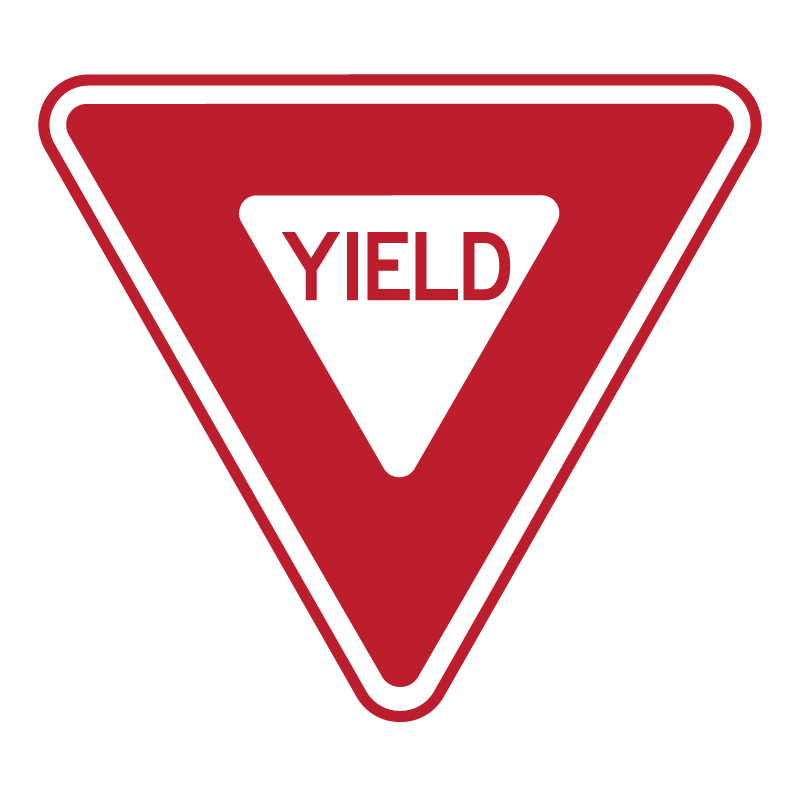
A yield sign means you must slow down and yield to traffic that has the right-of-way.
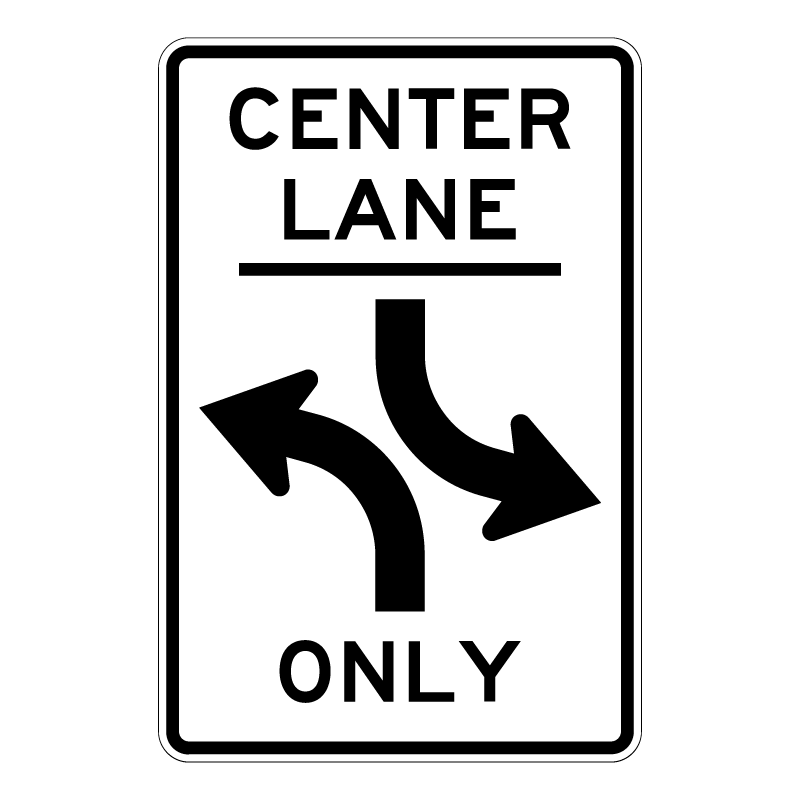
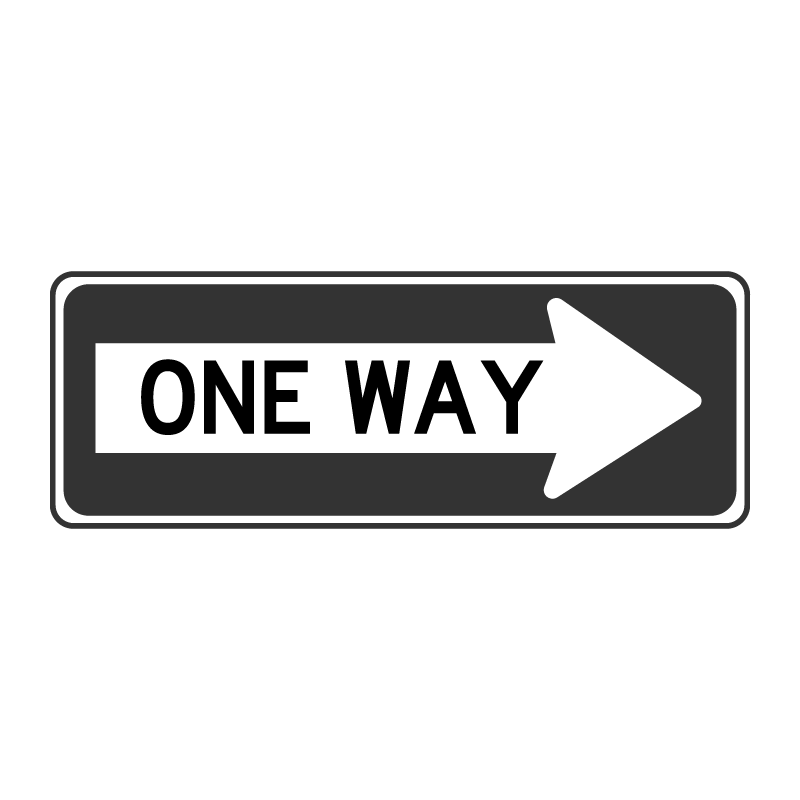
Work Zone Signs
Diamond or rectangular and orange with black letters or symbols. These signs warn you of work zones and people working on or near the road. The warnings include: workers ahead, reduced speed, detours, slow-moving road machinery, or surface changes.
Barriers keep you from entering closed roads or other areas with danger. If there is a short-term signal, stop at the white line (if there is one.)
Slow down in work zones and be ready to stop quickly. Do not tailgate. Fines for speeding in a work zone are doubled.
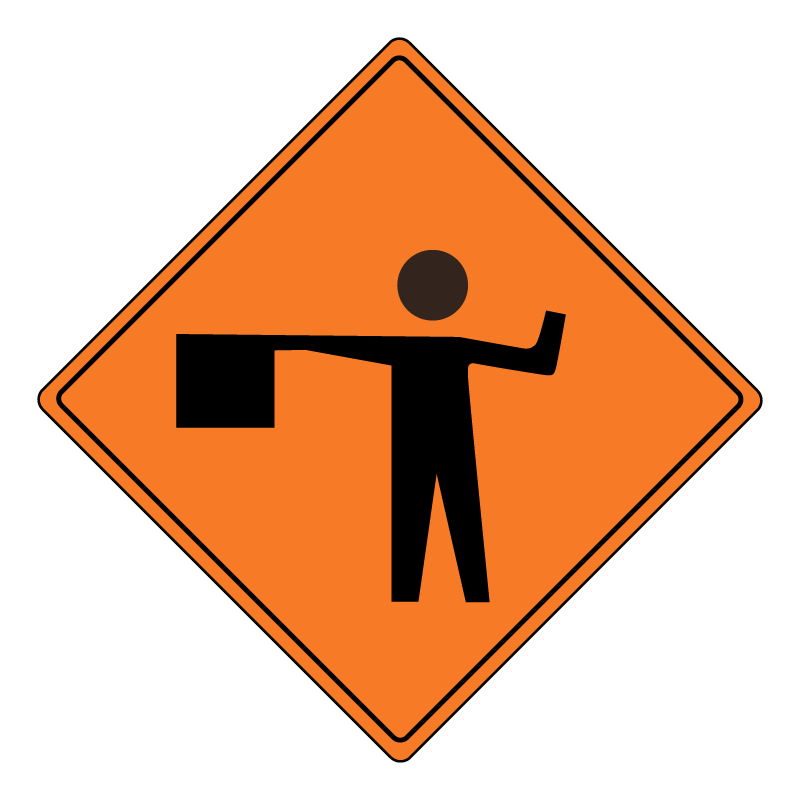
Flagger Ahead
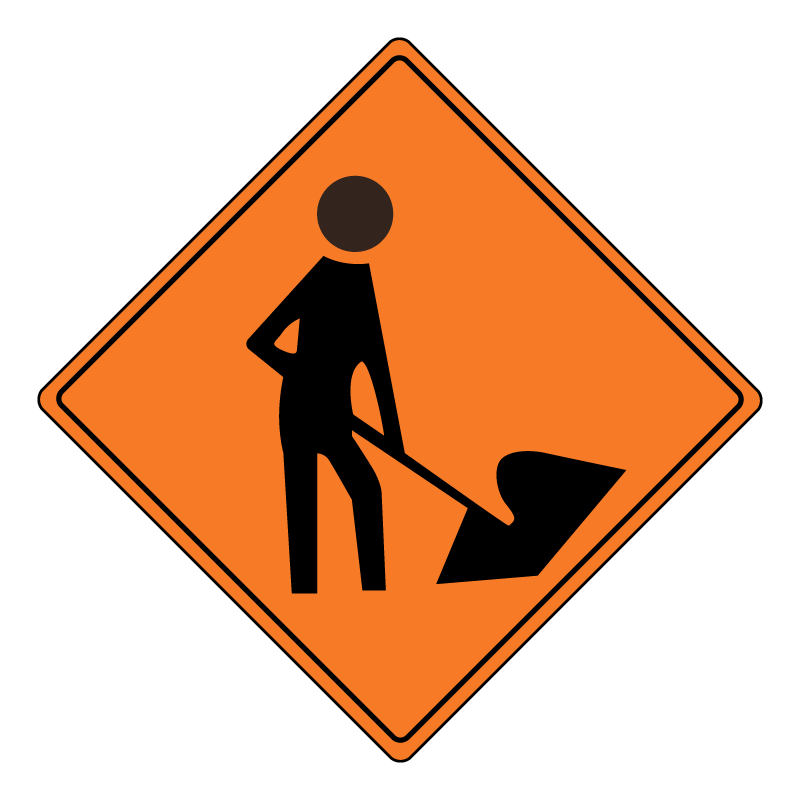
Workers Ahead
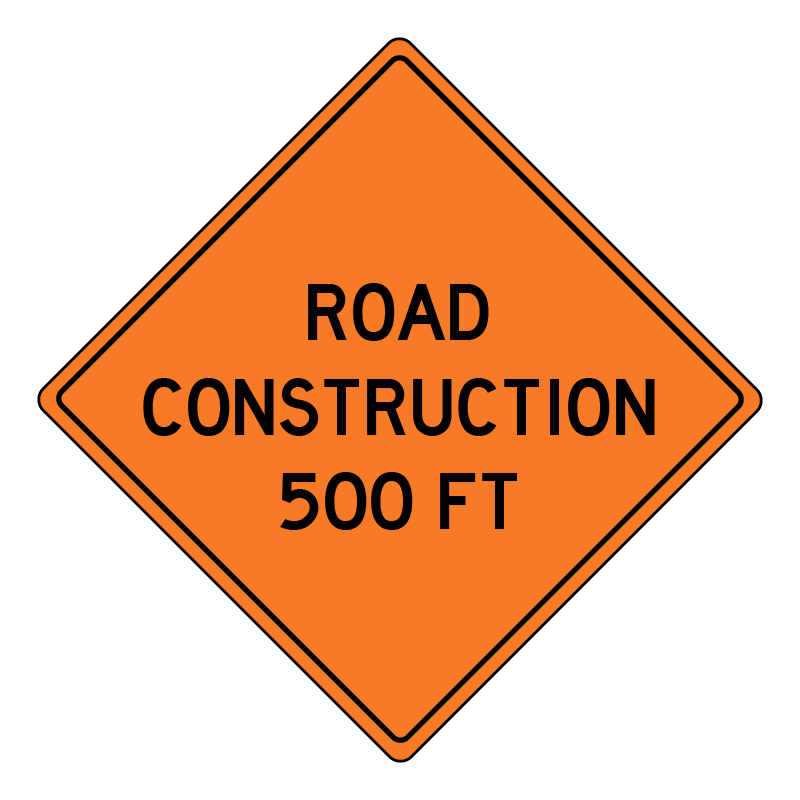
Road Construction
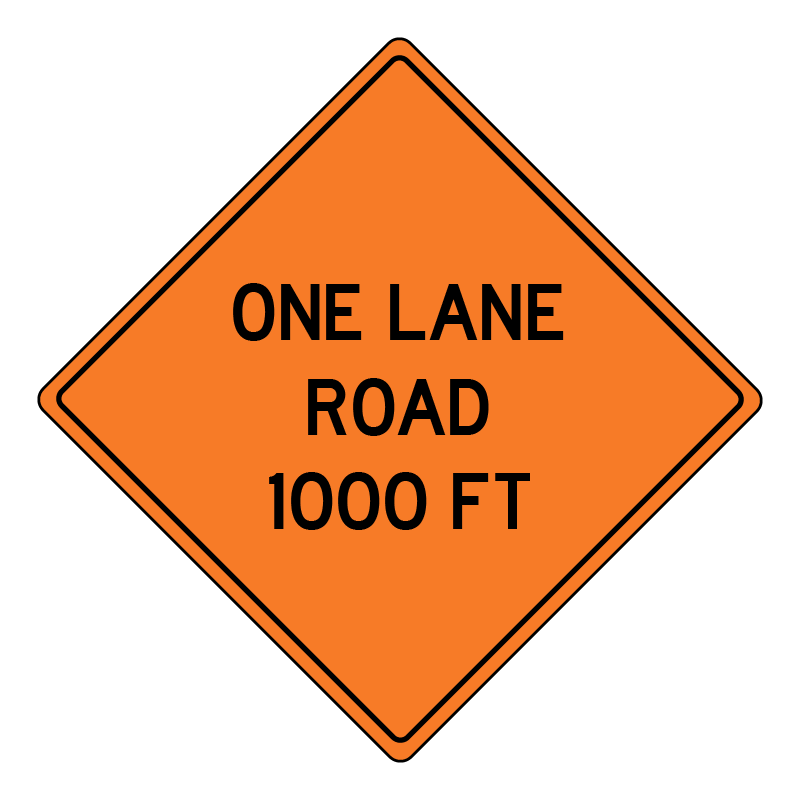
One Lane Road Ahead
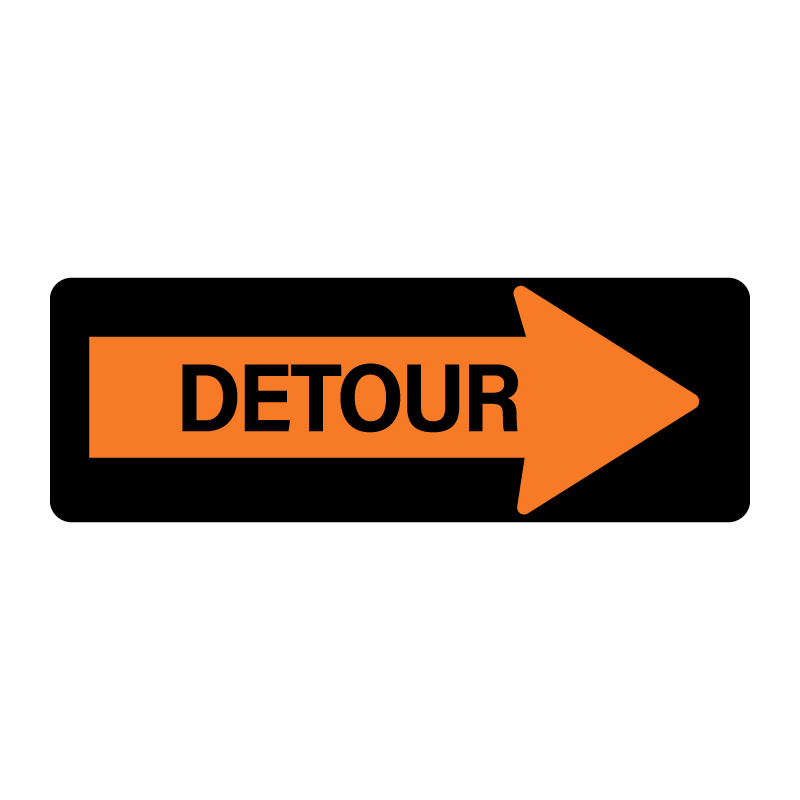
Detour
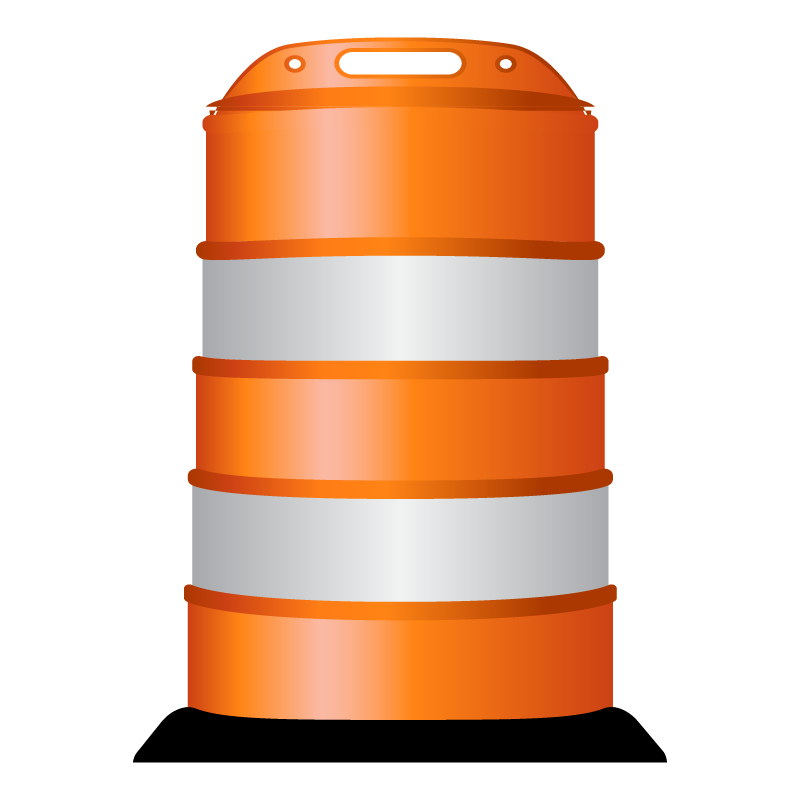
Barrel
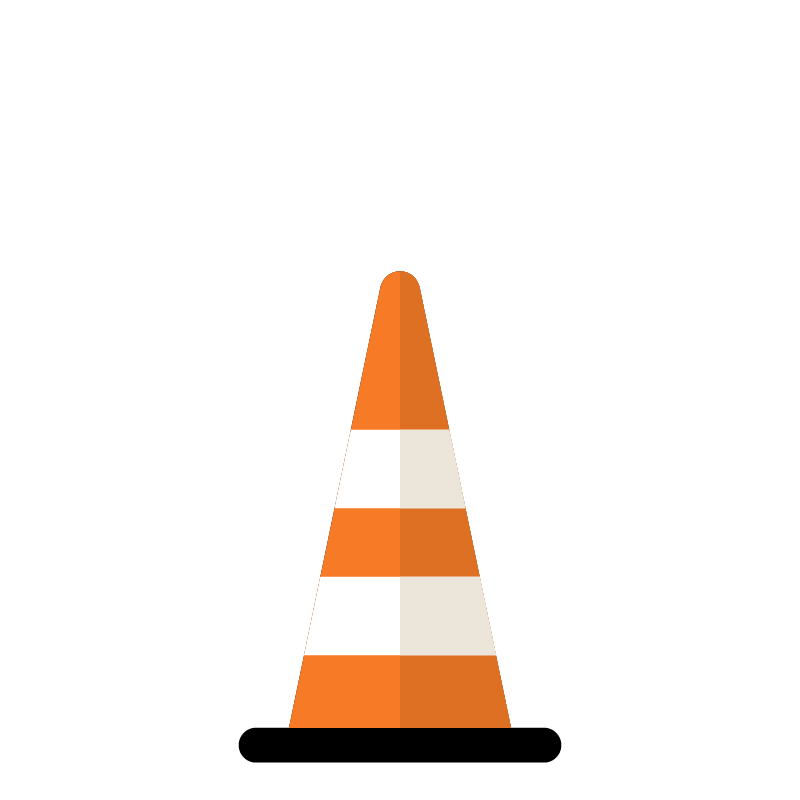
Cone
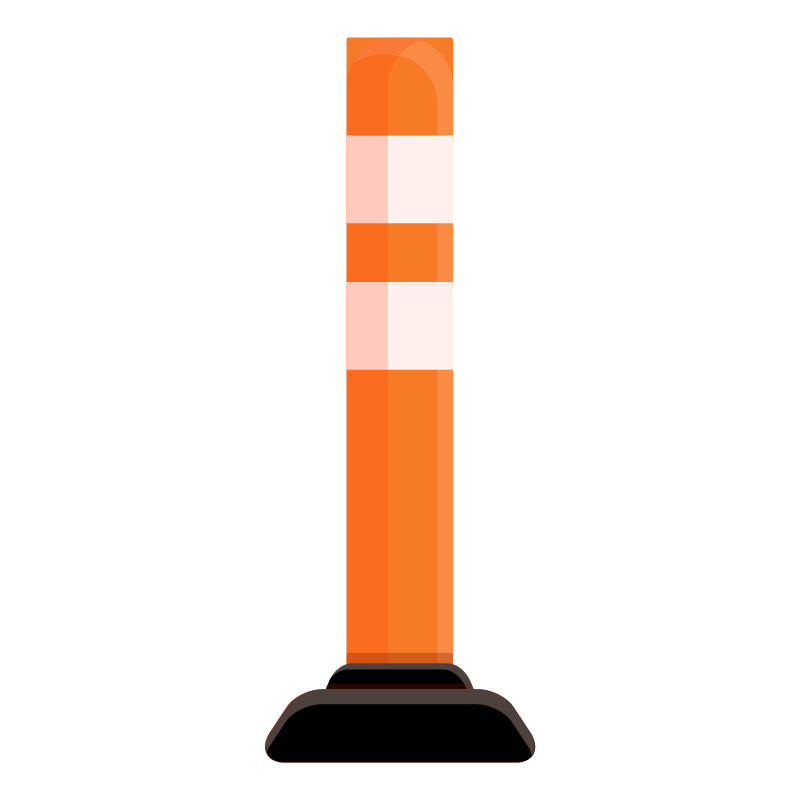
Tube

Barrier
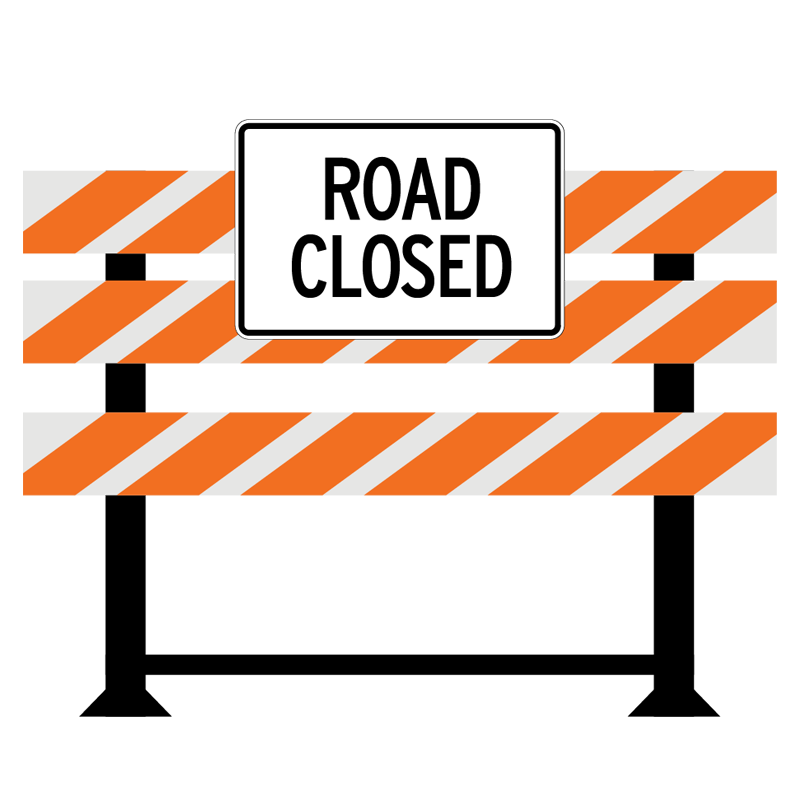
Road Closed
